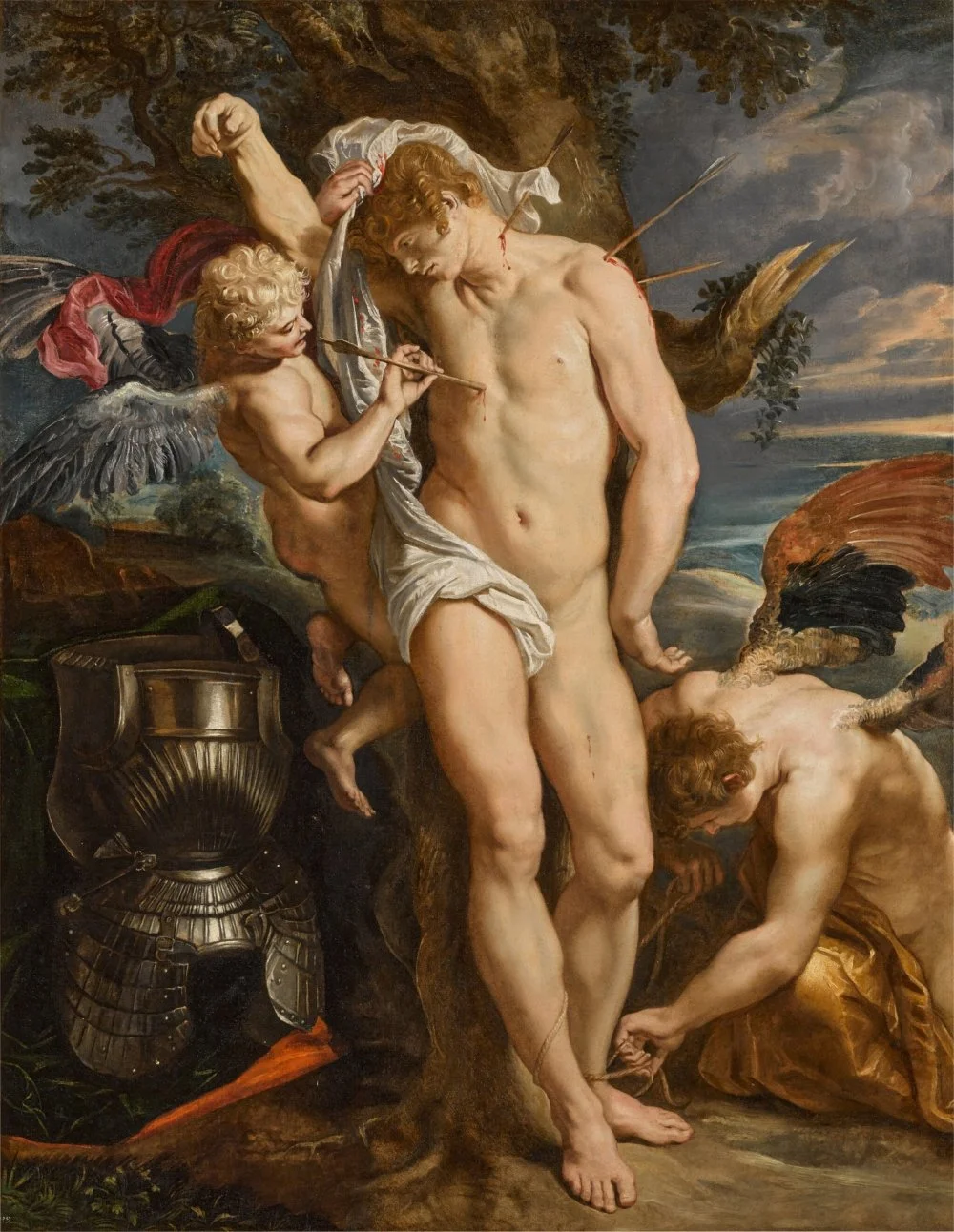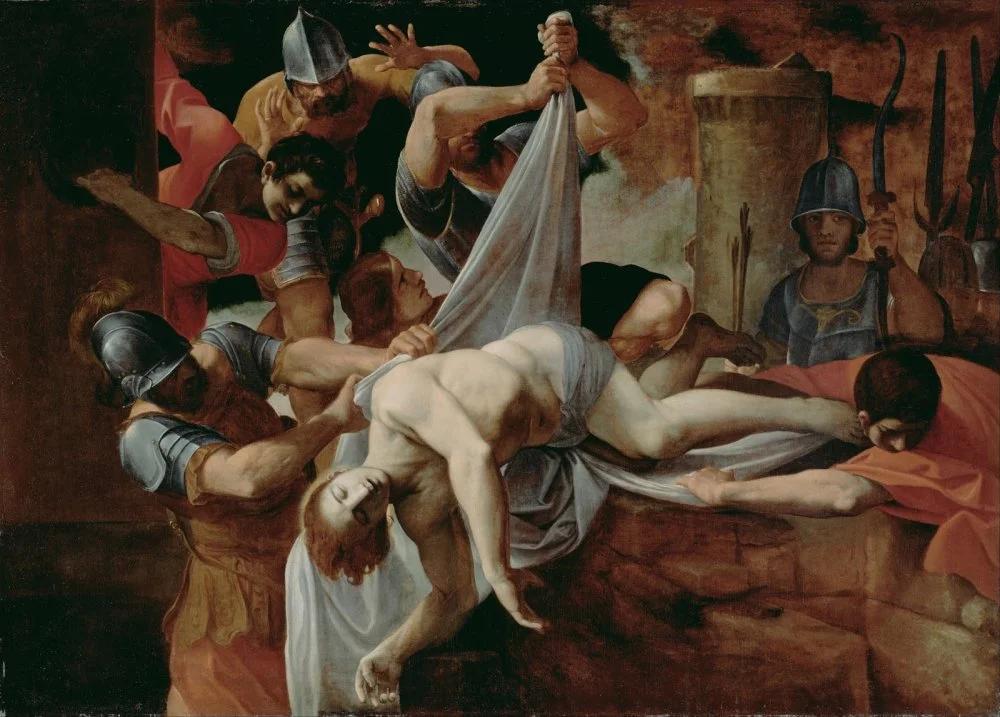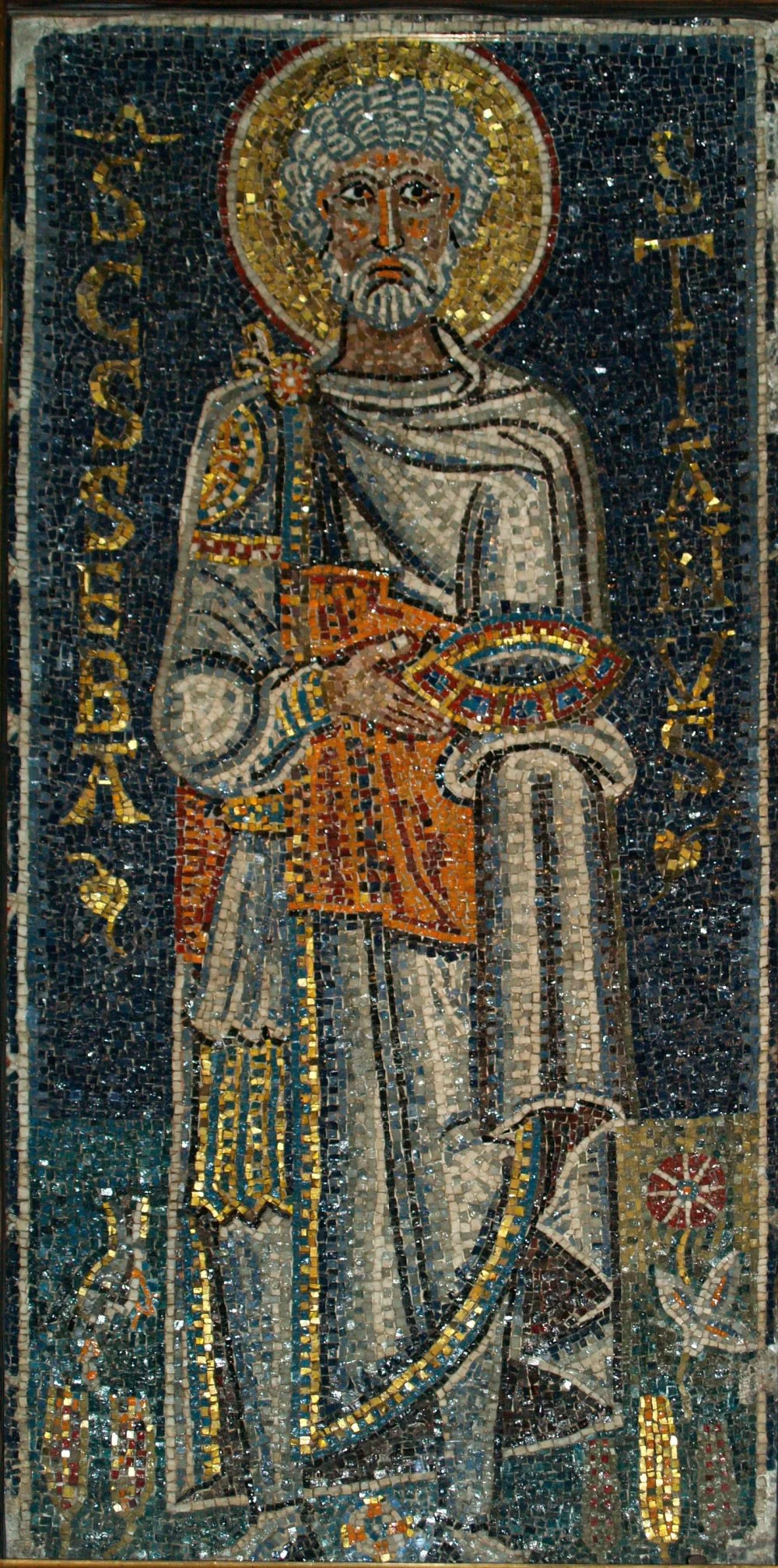The chief of the plague
The Legend of Saint Sebastian

Vicente López y Portaña. Saint Sebastian Tended by Saint Irene .1795-1800./Wikimedia Commons
This early Christian saint respected the rules so much that when being executed did not finish him off, he came back to face certain death again!
People familiar with world art know well the image of Saint Sebastian, a Christian in disguise who served as a soldier in the army of the most anti-Christian of Roman emperors. Interestingly, Diocletian spent his old age peacefully growing cabbages in Dalmatia.i
The depiction of his execution by bow and arrows became one of the most popular subjects even in secular art. A beautiful, nearly naked young man, bound, suffering, pierced with arrows, paradoxically became a kind of sex symbol.

Peter Paul Rubens. Saint Sebastian tended by two angels/Wikimedia Commons
Many are unaware that Sebastian did not die in that execution attempt. When he was untied from the execution post, he was found to be severely wounded, but Christians, especially a devout woman named Irene, took care of him and Sebastian soon recovered. However, after recovering, instead of fleeing to distant provinces and disappearing, he returned to his military unit as if nothing had happened. This time, his comrades joyfully beat him to death and threw him into the Cloaca Maxima, Rome's main sewer.

Lodovico Carracci. Saint Sebastian Thrown into the Cloaca Maxima/Wikimedia Commons
After his death, Sebastian appeared in a vision to another devout woman, Lucina, and told her that his remains should be found and placed in the catacombs on the Appian Way. Since then, and to this day, the Catacombs of Saint Sebastian have been one of the earliest and most important Christian sanctuaries in Rome.
In very ancient times—no later than the end of the seventh century—the image of Saint Sebastian began to be associated with deliverance from all kinds of illnesses, primarily the plague, or what we now call the plague. What the ancient pestilentia, or contagion, was exactly is not always clear from an epidemiological point of view.

Tanzio da Varallo .San Sebastiano curated by Irene and the angel. Between circa 1620 and circa 1630/Wikimedia Commons
The fact remains that since antiquity, contagious diseases were closely associated with gods who wielded arrows.i
During outbreaks of plague in Rome and Pavia, the Benedictine1


Arnold Böcklin The Plague, 1898/Wikimedia Commons
Around the same time, a mosaic depicting Saint Sebastian was installed in the Church of Saint Peter in Chains in Rome, the same place where Michelangelo's Horned Moses resides. However, in this mosaic, Sebastian is yet far from being a sex symbol: he is dressed from head to toe, old, and gray-haired.

Saint Sebastian's mosaic. 680/Wikimedia Commons



